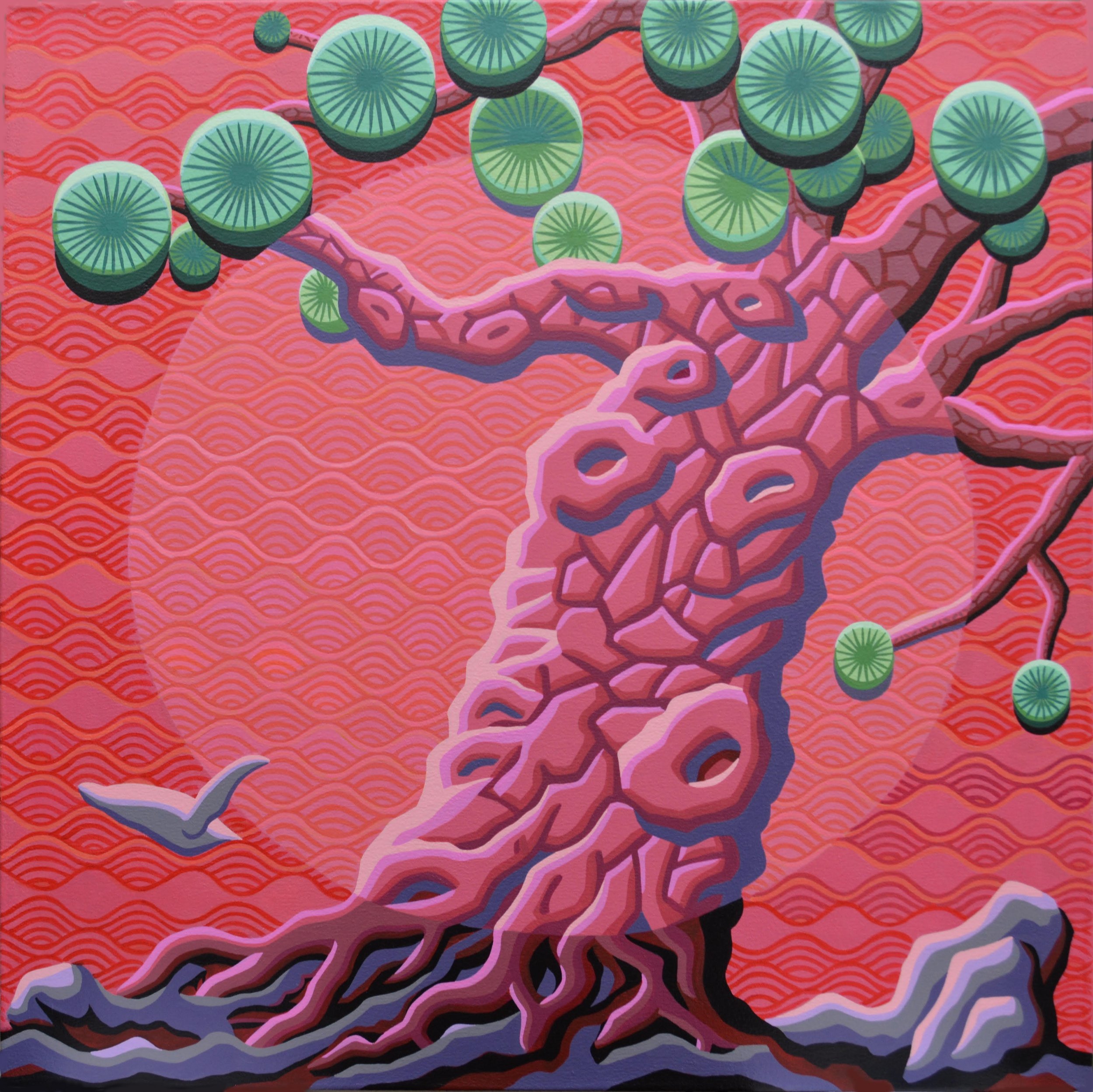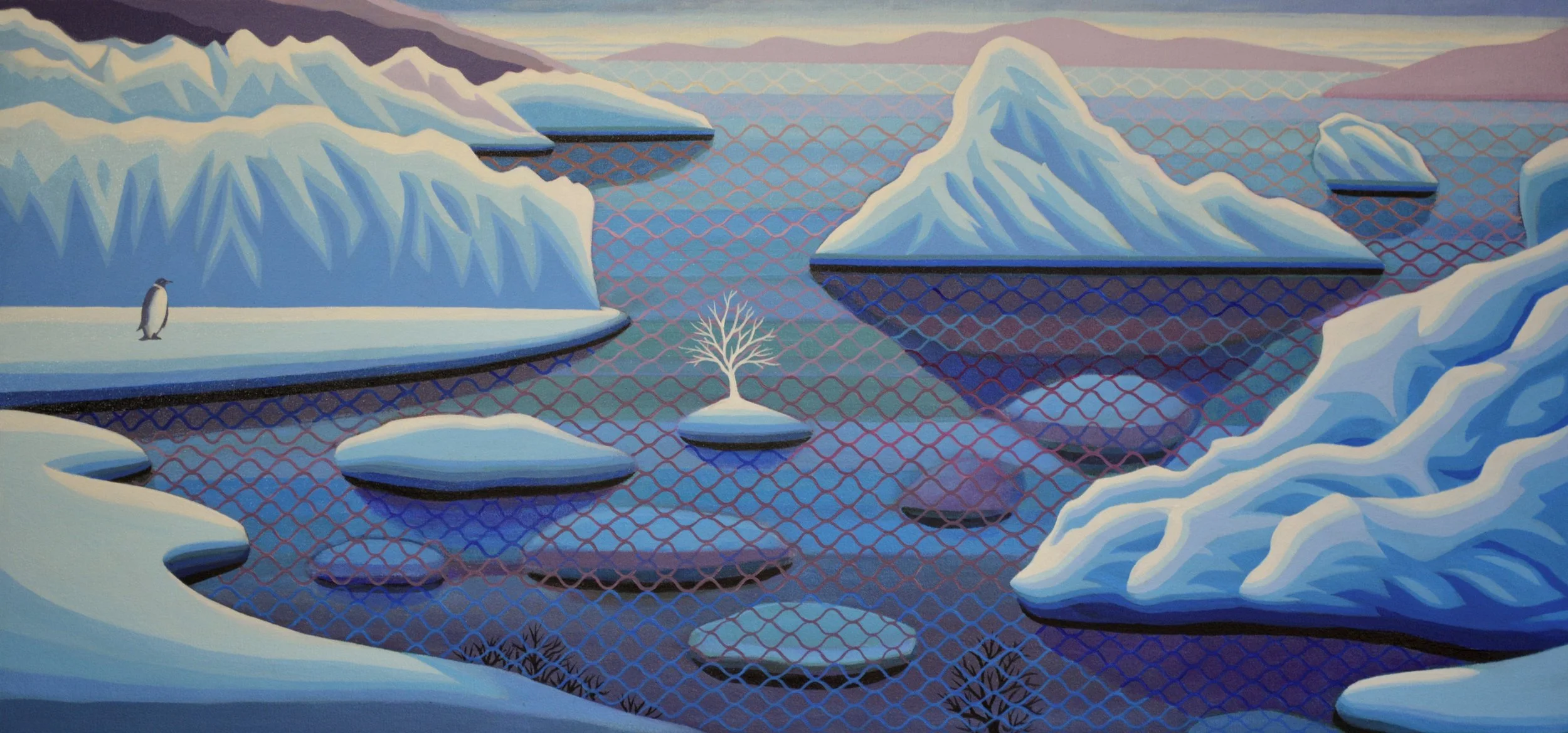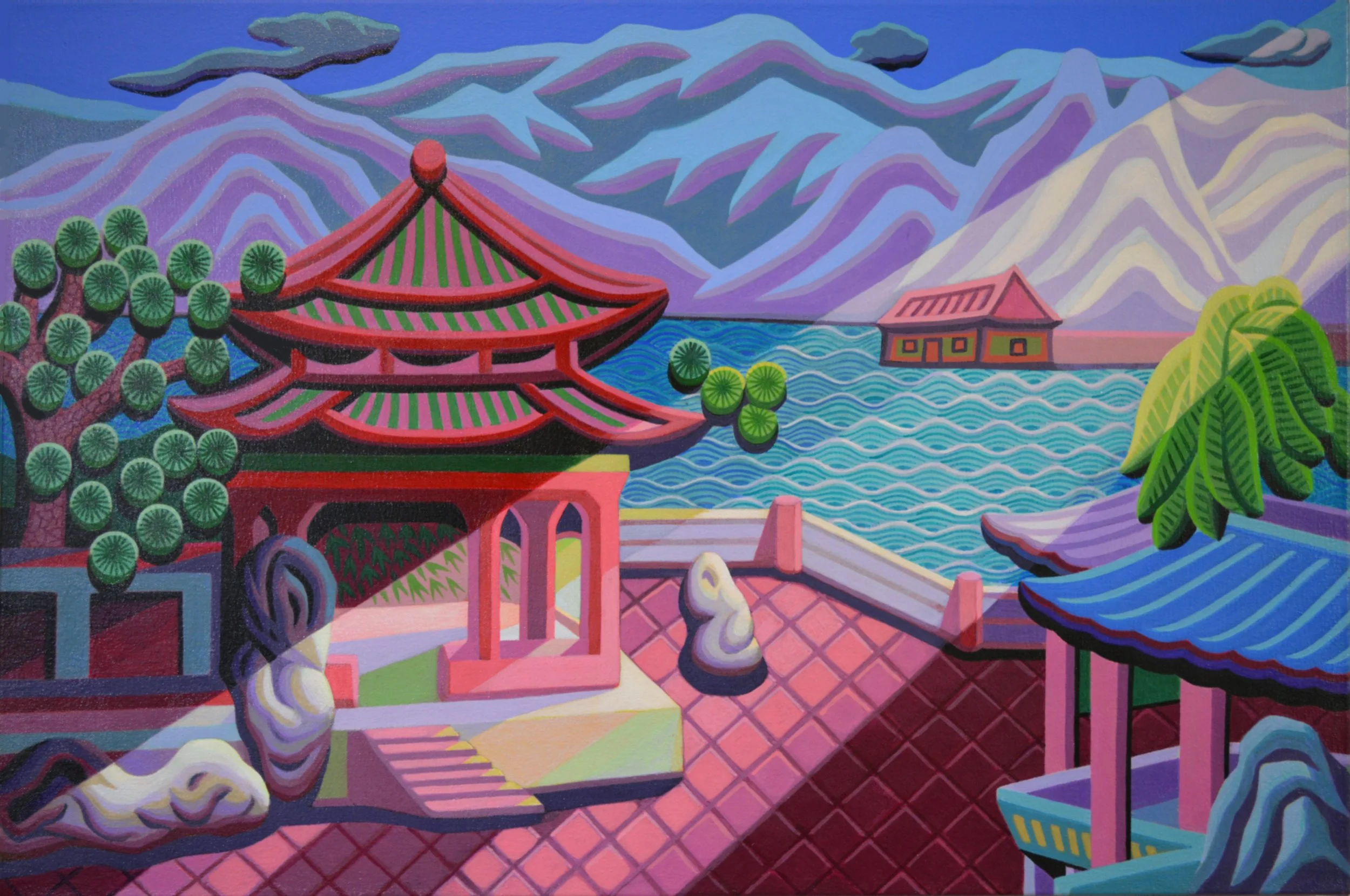Fan Dongwang
Dr Fan Dongwang (b. Shanghai) is a Sydney-based artist whose practice merges Chinese scholarly traditions with contemporary Australian contexts. Born in Shanghai, Dr Fan Dongwang received formal training in traditional Chinese art at the Shanghai School of Arts and Crafts (SSAC) during the 1970s. As an established figure in Shanghai’s art scene, he began exhibiting regularly from 1982 and gained early recognition through inclusion in major national exhibitions such as the 1986 Shanghai Art Exhibition. As a member of the Chinese Artists Association, the most prestigious professional art body in China, Dr Fan Dongwang was awarded the Prize for Excellent Work at the Shanghai International Culture Exchange for his contribution to cultural dialogue and innovation.
In the 90s, he migrated to Australia as an artist of Distinguished Talent, a rare recognition of artistic excellence and international cultural contribution. He went on to earn a Master of Arts from the College of Fine Arts, University of New South Wales, in 1995, and later received a Postgraduate Award leading to a Doctor of Creative Arts from the University of Wollongong in 2000. Dr Fan Dongwang currently lives and works in Sydney, Australia.
Over the past four decades, his work has been exhibited extensively across China and Australia. Early exhibitions include the Shanghai Art Museum Inaugural Art Exhibition, the Shanghai International Art Festival at the Shanghai Art Gallery. His work has also been shown at the National Gallery of Australia and in numerous university and regional art galleries throughout the country. Other notable exhibitions include the Australian Drawing Biennale at the Drill Hall Gallery, ANU; the national touring exhibition Shanghai Star, organised by Casula Powerhouse and touring to ten regional galleries; and Coming Home – 30 Chinese/Australian Artists, at Linda Gallery, 798 Art District, Beijing. His practice has also been featured in Contemporary Art from the City Fringe at Carriageworks, Sydney (2009 and 2010); Controversy & Acclaim – 60 Years of the Mosman Art Prize (2009); Australian Art at the Beijing 798 Art District (2012); and Crossing Boundaries, City of Sydney Chinese New Year Festival Art Exhibition (2014). and The Trace is not Present at the Chau Chak Wing Museum, University of Sydney (2024–2025).
Dr Fan Dongwang has been a finalist in several of Australia’s most respected art awards, including the AGNSW Sulman Prize, Wynne Prize, and Doug Moran National Portrait Prize. He also participated in the Blake Prize Touring Exhibition, Review and Prospect: Chinese-Australian Artistic Achievement at the NSW Parliament House, and the Kilgour Prize at the Newcastle Art Gallery. His work was later included in Between Two Worlds at the Newcastle Art Gallery (2019–2020), the Northern Beaches Environmental Art and Design Prize (2024–2025),
Dr Fan Dongwang’s solo exhibitions trace his evolving engagement with landscape, identity, and transcultural expression. These include Shifting Perspectives: Paintings 1995–2015 at the University of Newcastle (2015); Icons of Identity at 541 Art Space, Sydney (2017); Syncretic Visions at McGlade Gallery, Australian Catholic University (2018); Duality at Art Atrium Gallery, Sydney (2019); Pandemic Body at Macquarie University Art Gallery (2021); Sculptural Painting at Art Atrium Gallery, Sydney (2023); and Traditions and Transformations at the Institute for Australian Culture and Society, Western Sydney University (2023). More recent exhibitions include Empyrean Landscape: The Year of the Dragon at Hurstville Museum & Gallery (2024), Carving Perspectives at Grace Cossington Smith Gallery, Abbotsleigh (2025), and Symphonic Trees at Strathfield Library & Innovation Hub (2025).
Dr Fan Dongwang has been the recipient of numerous awards and grants recognising his artistic excellence. These include the University of Wollongong Postgraduate Award, multiple Australia Council New Work Grants, and the Ian Potter Cultural Trust Grant. He has won the Mosman Art Prize, the Festival of Fisher’s Ghost Art Award, the Liverpool Art Prize, Art on the Rocks Prize, the Willoughby Art Prize, and the Burwood Art Prize. More recently, he received the Create NSW Project Funding (2023), the Blacktown Art Prize People’s Choice Award (2025), the Cultural Connection Grant from Inner West Council (2025), and the Northern Beaches Environmental Art and Design Prize People’s Choice Award (2025). During the pandemic, he was awarded Create NSW, Australia Council for the Arts, and NAVA 2020 COVID-19 Response Funding in support of his ongoing practice.
Major public commissions include Descendant Installation for the National Gallery of Australia; Dragon Installation at Dawes Point for the Sydney Chinese New Year Lantern Exhibition (2016–2017); Dog Installation at Sydney Chinatown for the Sydney City Council Chinese New Year Lantern Exhibition (2018–2021); Pandemic Body, created for Art in the Time of COVID-19, Nillumbik Shire Council (2020); and the Empyrean Dragon Banner Exhibition on George Street, City of Sydney (2024).
Dr Fan Dongwang’s works are held in numerous public, institutional, and corporate collections, including the Shanghai Art Museum, Art Gallery of Western Australia, Artbank Australia, Sydney Harbour Foreshore Authority, City of Sydney Council, Mosman Council, Burwood Council, Wollongong City Gallery, Campbelltown City Gallery, Casula Powerhouse, Dubbo Regional Gallery, Manning Regional Gallery, and Maitland Regional Gallery. His works are also represented in the collections of the Australian National University, University of Sydney, UNSW, Macquarie University, University of Wollongong, Curtin University, University of Western Australia, University of Newcastle, Murdoch University, and Charles Sturt University. Additional holdings include the Australian Centre for Christianity and Culture, John Curtin Gallery, City of Wanneroo, Hurstville Council, Grace Cossington Smith Gallery, Abbotsleigh, and his alma mater, the Shanghai School of Arts and Crafts.
Opening Hours
Wednesday - Friday 12:00 - 5:00 pm
Saturday 12.00 - 4.00 pm
Other times by appointment
We acknowledge the traditional custodians of the land on which we live and work– the Cammeraygal and Wallumedegal people of the Eora Nation. We pay respects to their elders past, present and emerging.

















